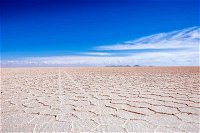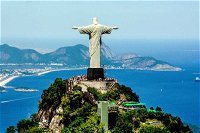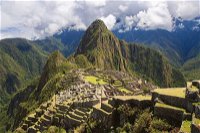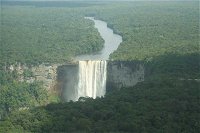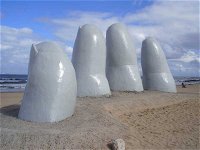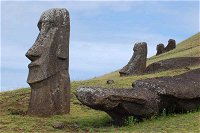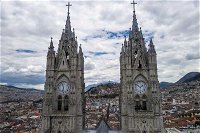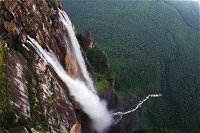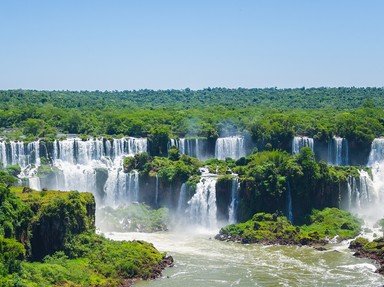
South America The Beautiful Trivia Quiz
Welcome to beautiful South America! See if you can match these national sites with the country that is proud of them. All ten would make an epic South American bucket list. Enjoy and good luck!
by BigTriviaDawg.
Estimated time: 3 mins.
